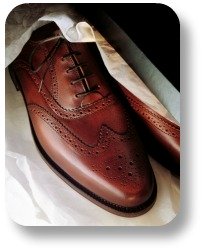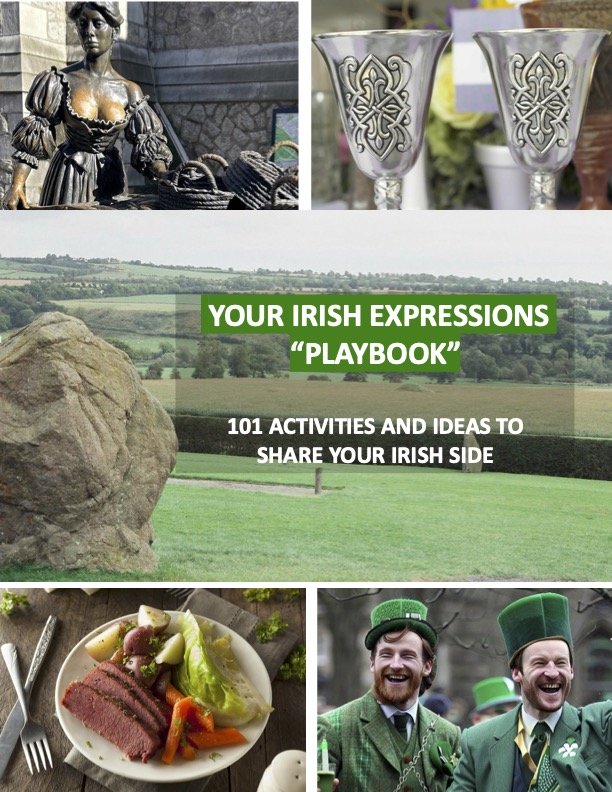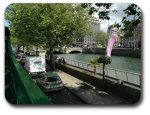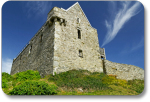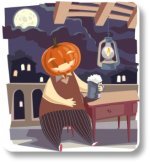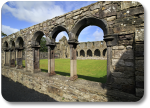- Home
- Irish Clothing
Traditional Irish Clothing: Express Your Irish Side Through the Styles You Wear!
Of all the ways to express your Irish side, traditional Irish clothing may be the most personal, creative and flexible. Whether you choose to include clothing from Ireland in your wedding theme or to wear a humorous Irish t-shirt on St. Patrick's Day, the options for expressing your Irish side through clothing are endless.
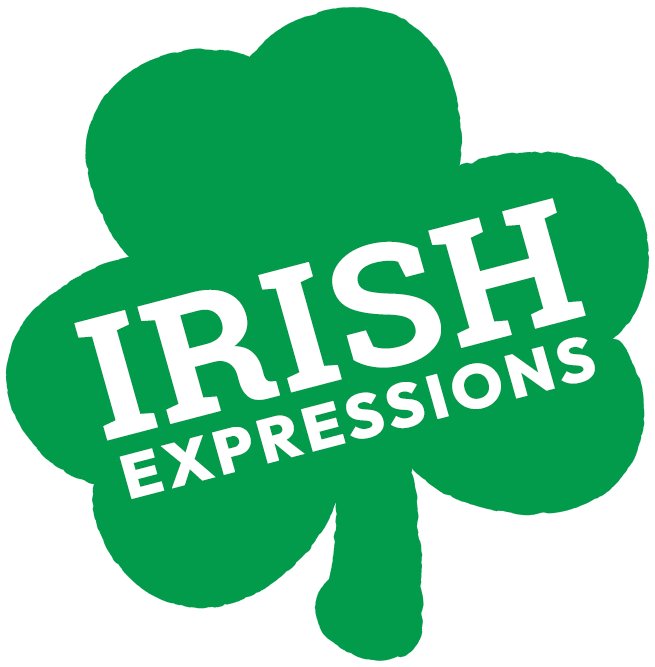
So ... How Well Do You Know Your Irish Stuff?
Tap HERE to find out!
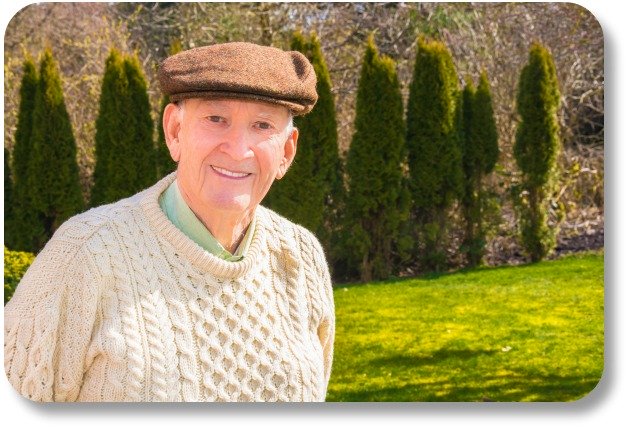
Here you will have a chance to learn a little bit about Irish clothing, both traditional and modern.
Traditional Irish Clothing: The Early Years...
Historians know little about the very early Irish clothing.
The Celts of early Ireland had no written word, so everything learned of their early clothing was from the records of the words or Greek and Roman writers.
In early Ireland, your clothing identified not only your clan but also your rank in society.
Traditional Irish Clothing: The Leine
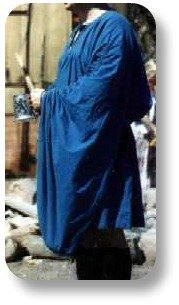
Nobles and freemen alike wore a leine.
The leine was a Celtic tunic that bloused at the elbow on the sleeve and was wide at the bottom—often extending beyond the knees.
These were normally made of plain linen.
Over the leine, they wore a brat, which you pronounce like the sausage, not the spoiled child.
Both men and women wore leines, but those for women were longer.
The plain garment often had decorative embroidery around the neck, lower hem and sleeves in later years, or they might be sleeveless and plain.
The shorter the leine, the lower your status in society was. Probably because lower status often meant physical labor and a longer leine would impede that.
In fact, some pictures show laborers shirtless and wearing what appears to be a kilt. Again, it wasn’t. It was a leine tied at the waist with a belt and thrown off the shoulders to keep the laborer cooler.
What about a kilt?
In general, the Scots were the kilt wearers, not the Irish! While there’s a perception that the Irish wore kilts, most likely what people considered a kilt was actually a leine gathered at the waist by a belt.
Traditional Irish Clothing: The Brat
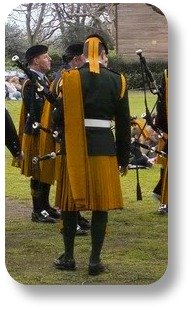
You’ll see many variations of the Brat depicted in pictures of ancient Ireland.
It was just a piece of rectangular or oval material folded many times, draped over the shoulder and sometimes pinned with a broach.
The early Irish used brats either as a shawl or in inclement weather, put over the head as a hood. The shorter brats were often worn with trews—a type of trouser.
The brat was a cloak that was fastened with a dealg—a brooch. The number of colors in the pattern of the brat indicated the level of importance.
If you were a king, you had seven colors, a Druid had six, noblemen had four colors and freemen only had one.
This type of clothing remained fashionable for centuries.
Traditional Irish Clothing: The Kinsale Cloak
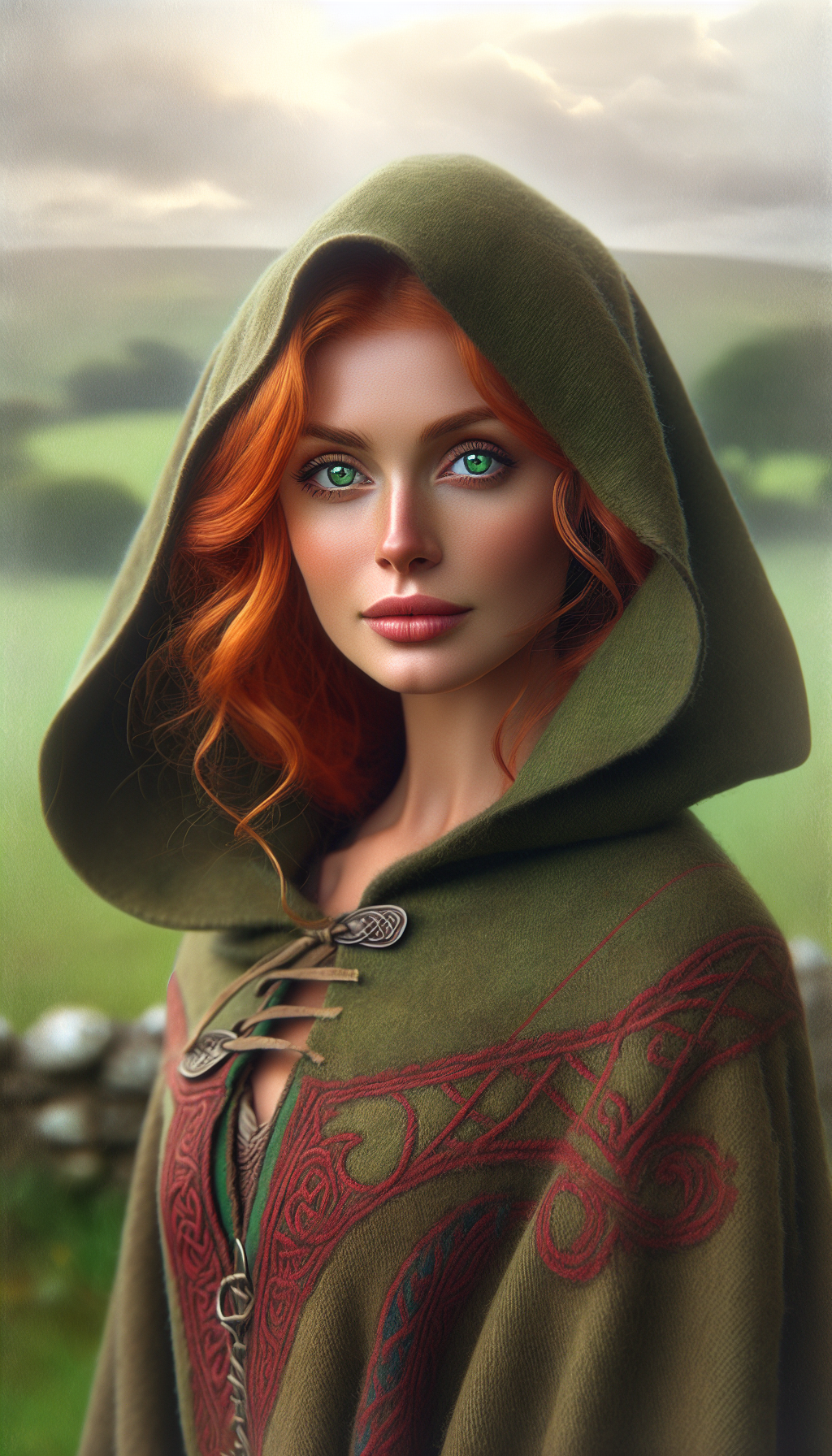
The Kinsale Cloak is a full-length cloak made from heavy woolen material, originating from the town of Kinsale in County Cork. It is secured around the neck with a sturdy brooch or button, allowing it to drape gracefully over the shoulders and extend down to the ankles.
The cloak was designed for practicality and warmth, featuring a generous hood that could be pulled up to protect against the Irish weather. Often lined with contrasting colors and patterns, the Kinsale Cloak combined functionality with a distinct sense of style.
Women commonly wore the Kinsale Cloak over their daily attire, using it both for its protective qualities and its elegant appearance. Over time, the cloak became a symbol of regional identity and craftsmanship.
Traditional Irish Clothing: The Kinsale Smock
The Kinsale Smock is a practical garment, typically made from linen or sturdy cotton. It was characterized by its loose, flowing design, often reaching mid-thigh or knee length. Early Irish laborers and fishermen favored this smock due to its ease of movement and comfort.
Typically, the smock was gathered at the neckline with simple ties or buttons, creating soft pleats that added to its relaxed fit. The sleeves were usually wide, allowing for easy layering over other garments, making it versatile for different weather conditions.
While the Kinsale Smock was primarily functional, it was not without its decorative elements. Subtle embroidery or colored thread along the neckline and cuffs often added a personal touch to the otherwise utilitarian piece.
Traditional Irish Clothing: The Galway Shawl
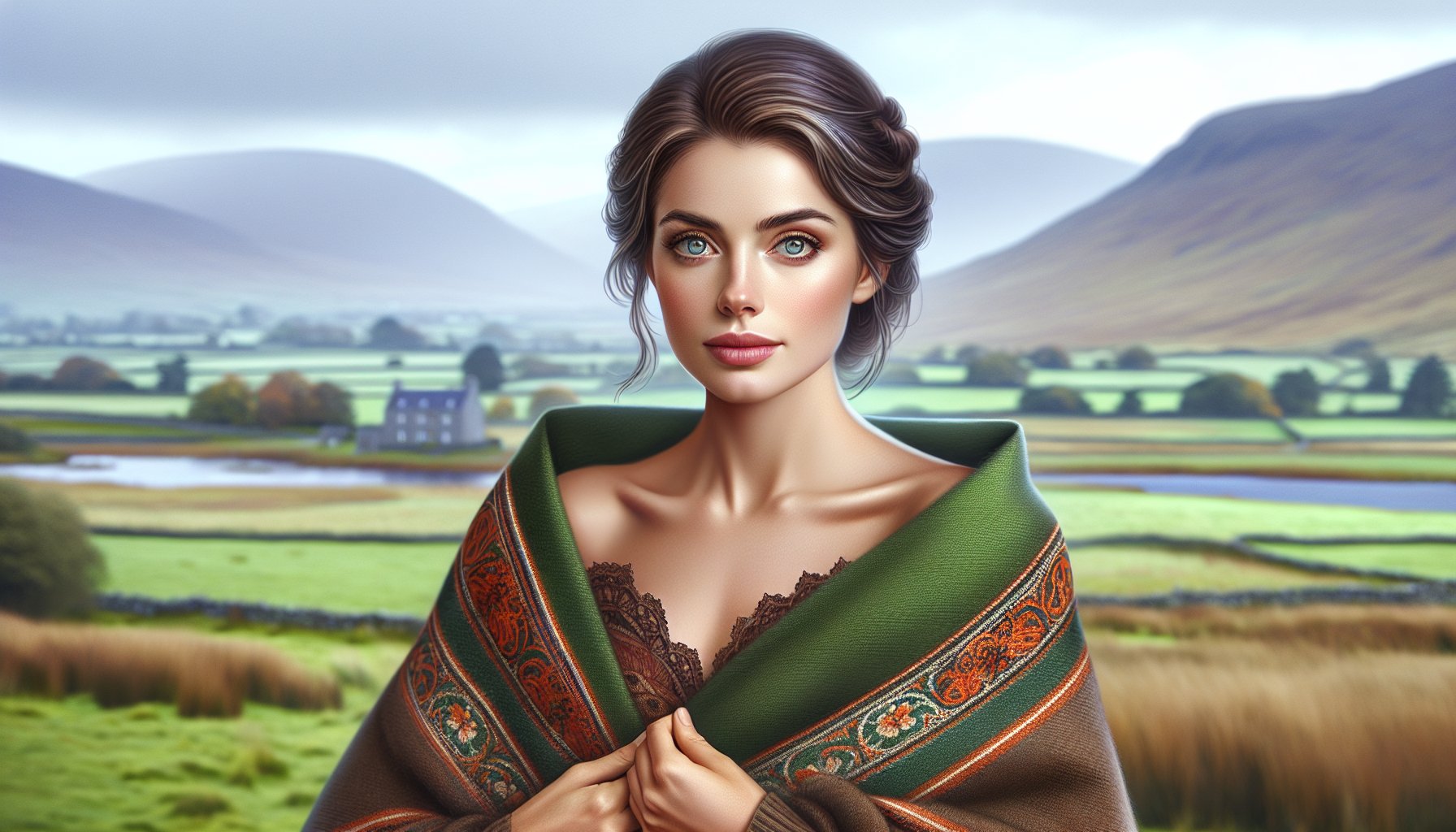
The Galway Shawl is an iconic piece of Irish heritage, typically crafted from wool or a wool blend to provide warmth and durability. It was characterized by its generous size, often large enough to wrap around the shoulders and provide ample coverage down to the waist or hips.
Traditionally worn by Irish women, the shawl was prized for its versatility and practical design. Its large, enveloping dimensions made it suitable for various uses, whether as a shield against the harsh elements or as an elegant accessory for special occasions.
The edges of the Galway Shawl were often adorned with fringes or tassels, adding texture and a touch of flair to the otherwise utilitarian piece. Patterns and designs varied, with some shawls featuring intricate weaves or subtle stripes, demonstrating the craftsmanship and care involved in their creation.
(Somewhat More) Modern Irish Clothing: The Aran Sweater
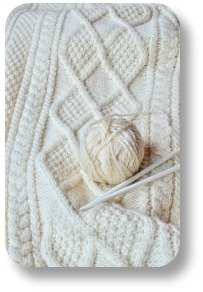
Of course, Ireland has many of the same fashion influences today as the rest of the world.
However, some articles of traditional Irish clothing are identifiably Irish and still worn today.
When you think of modern Irish clothing, you often picture rich, thick natural wool sweaters with intricate cabled designs.
These are Aran jumpers (sweaters) and originated in the Aran Islands off the coast of Ireland.
The women of the area made the original jumpers were from undyed yarn made from sheep wool called Bainin.
Sometimes, they used wool from black sheep, but normally the sweaters are cream in color.
Want to know more? Visit our article on Irish Wool Sweaters.
(Somewhat More) Modern Irish Clothing: Tweed Designs
Tweed is a rugged fabric, resistant to wind and water with excellent insulating properties.
Like the Aran wool designs, it is used in hats, jackets, scarves and other types of clothing.
The most common theory holds that tweed was developed in Ireland and Scotland as a fabric suited for the weather.
The style of tweed most closely associated with Ireland is Donegal tweed - a handwoven tweed manufactured for centuries in County Donegal, Ireland.
This area is well suited both for the sheep that donate the required wool, and for the foliage that produces the necessary dyes.
(Somewhat More) Modern Irish Clothing: Brogue Shoes
Brogue shoes have perforations in the leather to allow water to drain.
These types of shoes originated in Ireland and Scotland and the holes were necessary for those walking in boggy areas.
While they weren’t acceptable formal wear in early times, due to the association with walking in the fields and rural living, today brogue shoes are worn almost everywhere.
The functional traditional design has taken on a modern look.
(Even More) Modern Irish Clothing...
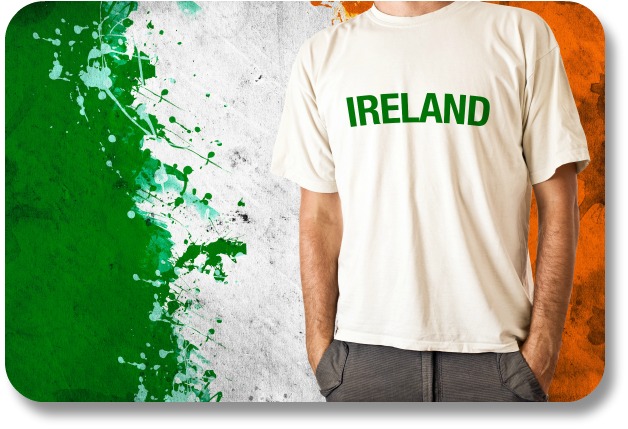
While not traditional, or particularly practical, there are many other types of clothing that can be seen sporting the symbols and sayings of Ireland.
Think "kiss me I'm Irish" T-shirts, ball caps with harps or shamrocks on them, green gloves or stockings... you get the idea.
More Fun With Irish Expressions
Congratulations on learning more about the Emerald Isle and discovering what we like to call your "Irish Side." You may be thinking "I'd love to actually VISIT Ireland but that's really not in the cards right now. What am I supposed to do with the stuff I just learned?"
Well never fear! Since 2009 we have collected all of the best printable, shareable resources we could find, to help you put your new knowledge of Ireland to good use. We've put them all together in a single download we call "Your Irish Expressions Playbook," which contains over 100 pages of games, puzzles, recipes, songbooks, quizzes, travel guides and much, much more.
Purchase them ALL for one small price, print as many copies as you like and share them with your friends - with no limitations! But order soon - we are already adding to the Playbook for future editions and this price will not last long.
Oh, want one more reason to order right away? If you buy YOUR copy of the Playbook now, you will be allowed to upgrade to any new future edition for FREE.
ORDER YOUR IRISH EXPRESSIONS PLAYBOOK HERE

Please Share Your Feedback
Did we miss anything? Is there a topic you would like us to cover in the future? Tap HERE to let us know!

